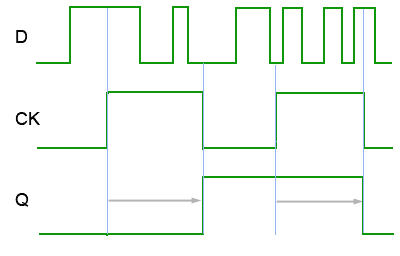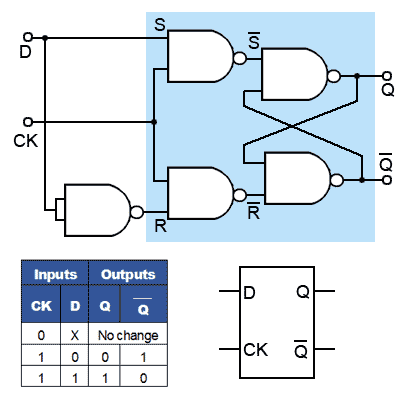
VHDL does require a special designation for an output with a feedback. Inputs which cause the output of a flip-flop to change instantaneously are asynchronous. TOGGLE state of a J-K flip-flop means that the Q andĪ negative edge-triggered flip-flop will only accept inputs when the clock is LOW.Ī flip-flop is in the CLEAR condition when The S-C flip-flop has no invalid or unused state.Īn input which can only be accepted when an enable or trigger is present is called asynchronous. When the output of the NOR gate S-C flip-flop isĪ gated S-C flip-flop goes into the SET condition when S is HIGH, R is LOW, and Enable is HIGH. The 555 timer can be used in either the astable or monostable modes.Ī J-K flip-flop and associated waveforms are shown in Figure 5-6. When using master-slave flip-flops, the data is entered into the flip-flop on the leading edge of the clock, but the output does not change until the trailing edge of the clock.Įdge-triggered flip-flops are identified by a bubble on the CLK input.Ī one-shot is a special type of multivibrator which must be triggered to produce each output pulse.


Preset and Clear inputs are normally synchronous. The J-K flip-flop eliminates the invalid state by toggling when both inputs are high and the clock transitions. Multivibrators require external resistance and capacitance to function correctly.Įdge-triggered flip-flops can be identified by the triangle on the clock input.Ī D flip-flop is constructed by connecting an inverter between the Set and Clock terminals. Parallel data transfers between two different sets of registers require more than one shift pulse.Ī flip-flop's normal starting state when power is first applied to a circuit is always the SET state. The Q output of a flip-flop is normally HIGH when the device is in the "CLEAR" or "RESET" state. Generally, a flip-flop's hold time is short enough so that its output will go to a state determined by the logic levels present at its synchronous control inputs just prior to the active clock transition. However, the speed of a latch is faster as compared to flip flops.A D-type latch is able to change states and "follow" the D input regardless of the level of the ENABLE input. Since the number of gates in flip flops is more then the gates in a latch, flip flops take more space than latches.įurthermore, the design of a latch is prone to noise as compared to flip flops, which are more robust than latches when it comes to design. In addition to this, latches and flip flops differ from each other in the number of gates they have. Latches on the other hand are low on power consumption. Since Flip flop needs continuous clock signals, it requires more power than latches.

On the other hand, a flip flop is an edge triggered device which means that it changes its output on signal transition.

A latch is a level triggered device, which means it changes its output on the voltage transition. That means the output of the latch changes with the input but the flip flop’s output is not affected by the inputs.Ī latch works without a clock signal while a flip flop works with a clock signal.Īnother difference is in the way both of these change their states. The major difference between latches and flip-flops is that latches are asynchronous while flip flops are synchronous. In order to acquire this functionality they are designed to have two states: the first one is the set state while the other one is the reset state. A flip flop stores data when the clock signal increases while a latch stores data when the clock goes low. These serve as the fundamental building blocks in order to store data and are capable of storing one bit of data at a time.įlip flops and latches are memory devices which store information and retain their outputs until they are asked to change. Latches and flip-flops are two very important circuit elements in the world of sequential logic and circuits.


 0 kommentar(er)
0 kommentar(er)
